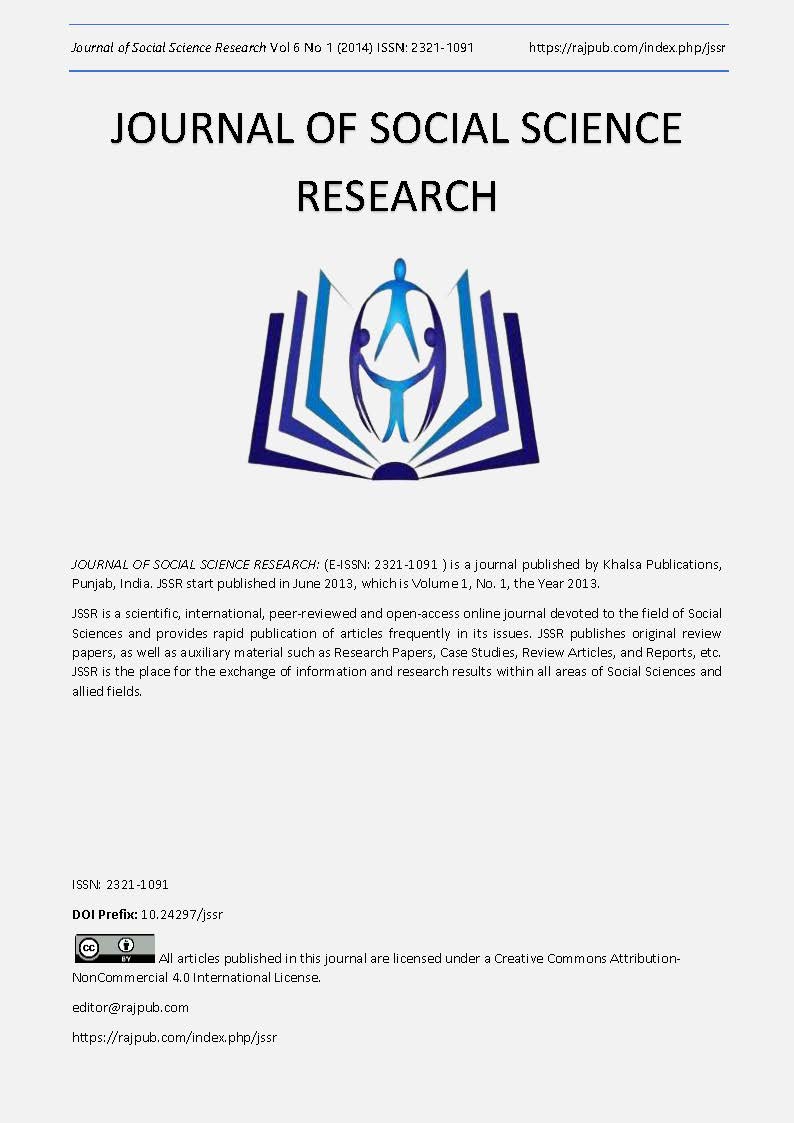Race, Culture and Political Exclusion/Inclusion: The Cases of Australia and New Zealand
DOI:
https://doi.org/10.24297/jssr.v6i1.3426Keywords:
race relations, inter-group contact, Australia, New Zealand, aboriginal populations, state formation.Abstract
This article presents a comparison between Australia and New Zealand and the extent to which exclusionary and incorporationist dynamics became dominant in the material practices and political discourses that governed the ethno-racial conflicts in each society. It is argued that formative historical processes led to an overall stronger exclusionary trend in Australia, expressed in the formation of two distinct societies, as compared to a stronger incorporationist trend in New Zealand, expressed in the formation of one internally differentiated and highly inegalitarian society. The task of this historical analysis is to explain why this turned out to be the case. It is argued that two analytical factors account for the divergent courses taken by the two societies in question: (1) the differing capacities of the indigenous people to respond to and shape the process of group encounter and conflict; and (2) the strategies adopted by settler and colonial forces in pursuit of their interests. These analytical factors provide a framework for ultimately discussing the historical processes of state formation in both Australian and New Zealand societies.
Downloads
Downloads
Published
How to Cite
Issue
Section
License
 All articles published in Journal of Advances in Linguistics are licensed under a Creative Commons Attribution 4.0 International License.
All articles published in Journal of Advances in Linguistics are licensed under a Creative Commons Attribution 4.0 International License.




